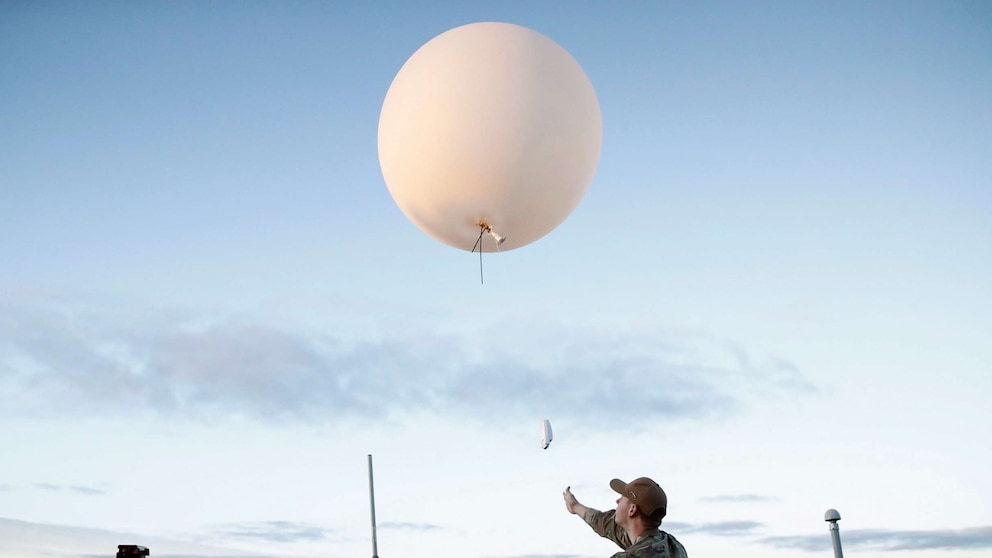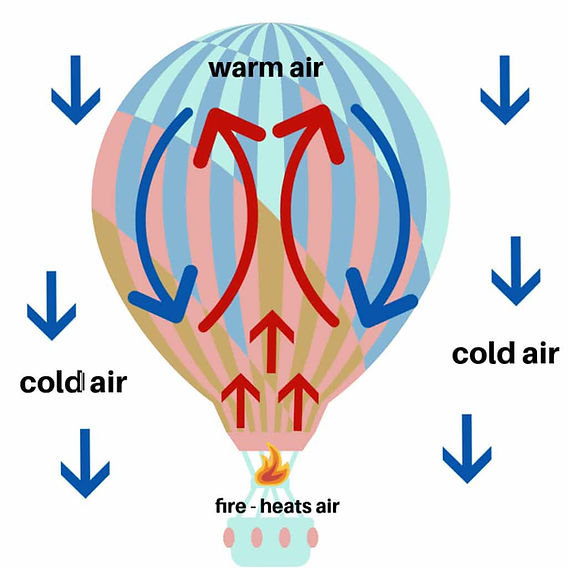Today, I’m going to talk about a little project I did with a weather balloon, specifically for checking out aviation safety stuff. It was a pretty cool learning experience, and I’m here to share all the ups and downs.

So, first things first, I got my hands on a weather balloon. These things are usually made of latex and are pretty big, like 4-5 feet. I found out that the bigger the balloon, the higher it can go. The one I got had this narrow part at the bottom called the ‘throat’ or ‘mouth’, and under that, there’s a ‘skirt’ or ‘scoop’ thingy that I guess helps with the burner flame. I didn’t mess with any flame, but that’s what I read.
Getting the Balloon Ready
Before sending it up, I had to figure out how to fill it. Turns out, the more gas you put in, the less room it has to expand when it goes up because of the air pressure dropping. I just filled it up enough so it wouldn’t pop too early. It’s a balance, you know?
What to Attach to It
Next up was deciding what to send up with the balloon. I kept it simple: a small instrument pack to measure the usual weather stuff – pressure, temperature, humidity, and so on. The key was to keep it light so the balloon could actually get up there.
The Launch
Launching it was kind of a big deal. I had to make sure I was following all the rules, especially since this was related to aviation. I picked a clear day, made sure I wasn’t anywhere near an airport, and let it go. Watching it float away was pretty awesome.
Tracking and Data Collection
Now, how did I know where it went and what it was measuring? Well, I had a little GPS tracker on it and a simple data logger. The balloon went up pretty high – they can reach up to 81,000 feet, but mine probably didn’t go that high. I just wanted to get some basic data on the weather conditions up there.

What I Learned
- Weather Balloons and Radar: I heard that these balloons might show up on radar, but because they don’t have much metal, they’re not easy to spot. I guess they just look like a bit of noise.
- Safety First: It’s super important to stay clear of flight paths and follow regulations. I wasn’t about to cause any trouble for airplanes.
- Data is Cool: Even though I’m no meteorologist, getting that data back and seeing the changes in temperature and pressure as the balloon went up was pretty neat.
Wrapping It Up
In the end, the balloon came down, and I managed to find it thanks to the GPS. It was a fun little experiment, and I learned a bunch about how weather balloons work and why they’re used in aviation. Plus, it was just cool to send something up into the sky and see what happened.
This whole project was more about satisfying my own curiosity than anything else. If you’re thinking about doing something like this, just remember to be safe and follow the rules. It’s all fun and games until you mess with airplane safety!
